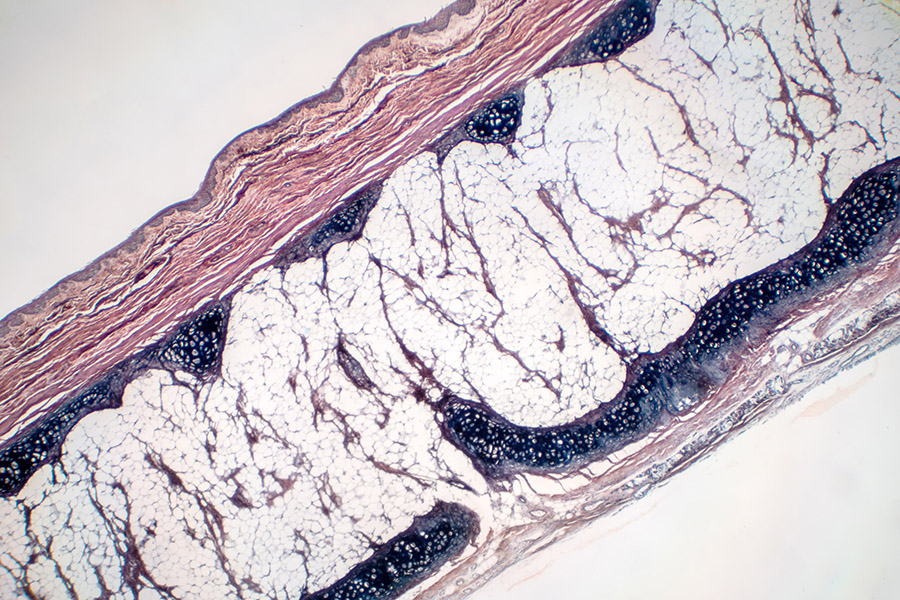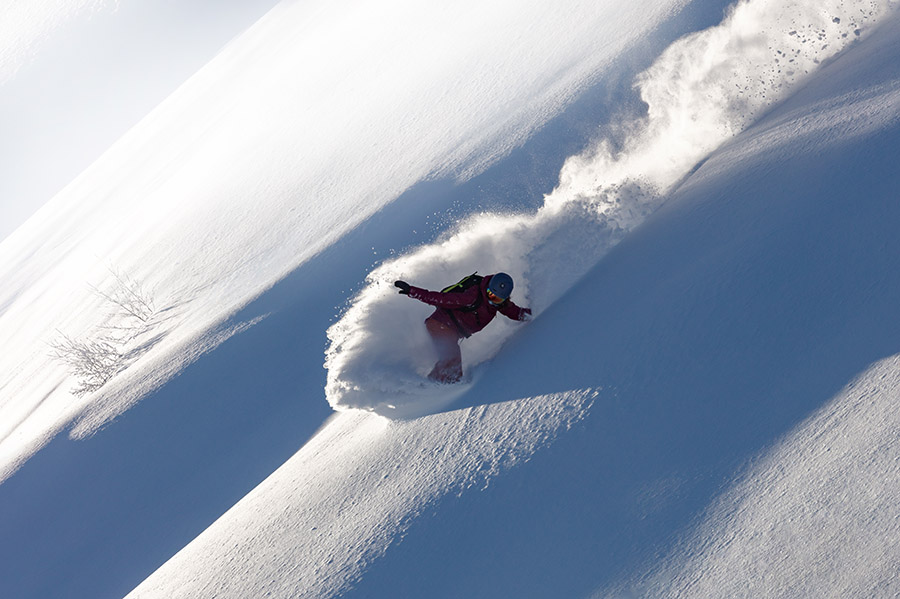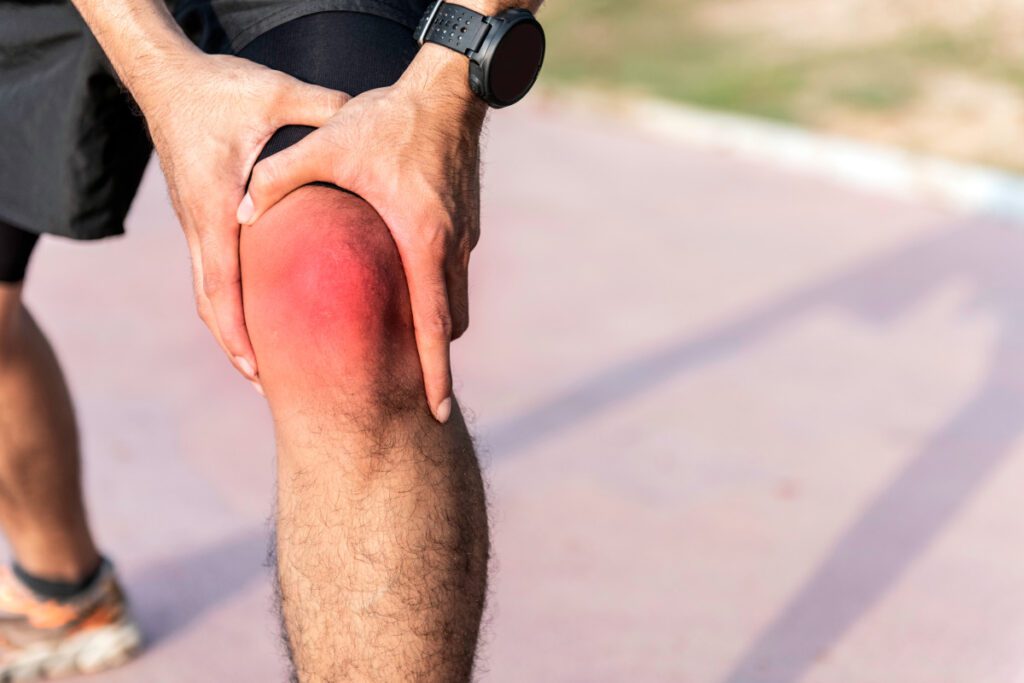Anterior cruciate ligament (ACL) injuries are very common in sports that involve sudden stops or changes in direction, landing, and jumping. The anterior cruciate ligament is in the knee and crosses the posterior cruciate ligament to form an X shape to control the front and back motion of the knee. Specifically, it runs diagonally in the middle of the knee to prevent the tibia from sliding out in front of the femur and to give rotational stability to the knee.
We at Everett Bone & Joint are known for using innovative methods to treat our patient’s knee and tendon injuries. Below you’ll find information about ACL injury symptoms and treatments.
Anterior Cruciate Ligament Overview
An ACL injury is a tear or sprain of the anterior cruciate ligament and is a common occurrence in sports such as soccer, basketball, football, and downhill skiing. When the injury occurs, many patients report a popping sensation in the knee along with other symptoms, such as:
- rapid swelling
- loss of range of motion in the knee
- severe pain and inability to continue the activity in progress
- a feeling of instability and bearing weight on the knee
As with other injured ligaments, there are grades to the severity of the injury:
- Grade One: the ligament is mildly damaged, and slightly stretched but is still able to keep the knee joint stable.
- Grade Two: the ligament is stretched to the point it has become too loose, this is also known as a partial tear.
- Grade Three: this type is usually the one referred to when discussing an ACL tear. The ligament has been torn in half or pulled directly off the bone, making the knee joint unstable.
Most ACL injuries are complete or near complete tears and require immediate treatment.
Causes of ACL Injuries
There are several ways an anterior cruciate ligament injury can occur:
- Sudden stops
- Slowing down while running
- Landing from a jump incorrectly or awkwardly
- Changing direction quickly
- Direct contact, such as a tackle
There are risk factors for ACL injuries that increase the potential of a tear during these incidents:
- Poor conditioning
- Playing on artificial turf
- Using poorly maintained sports equipment, such as ski bindings
- Using faulty movement patterns, such as knees moving inward during a squat.
- Participating in sports such as basketball, gymnastics, soccer, and football.
Torn ACL Complications & Prevention
Those who’ve had ACL injuries are at a higher risk for osteoarthritis in their knee, even if having surgery to fix the torn ACL. To help prevent an ACL tear from occurring, there are preventative steps you can take, including:
- Core strengthening exercises to avoid moving the knee inward during a squat
- Exercise that emphasizes proper technique and knee position when jumping or landing from a jump.
- Strengthening leg muscles, specifically hamstrings, to ensure balanced leg muscle strength
- Improve pivoting and cutting movement techniques.
ACL Tear Treatment and Surgery
Treatment for a torn ACL depends on the grade of the injury and the patient’s needs, such as athletic goals and activities. A younger athlete may require surgery in order to safely return to sport participation while a less active or older person can forgo surgery if they no longer participate in activities that will further the injury. Nonsurgical treatment for ACL injuries includes progressive physical therapy and rehabilitation to restore the knee as close as possible to its pre-injury state while also educating prevention.
For patients who want surgery, there are several options depending on the severity of the tear and their medical history:
- Patellar tendon autograft
- Hamstring tendon autograft
- Quadriceps tendon autograft
- Allografts

























